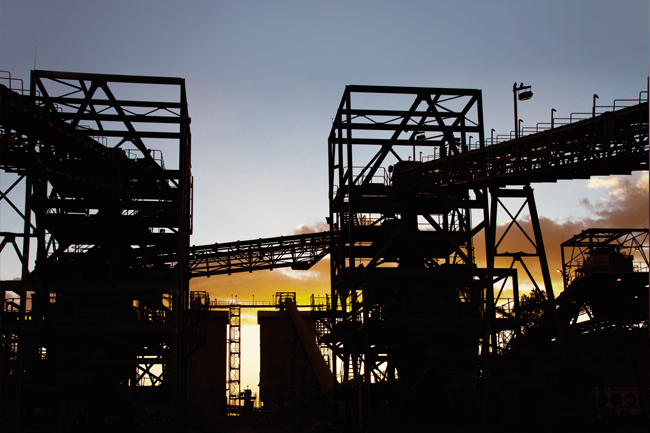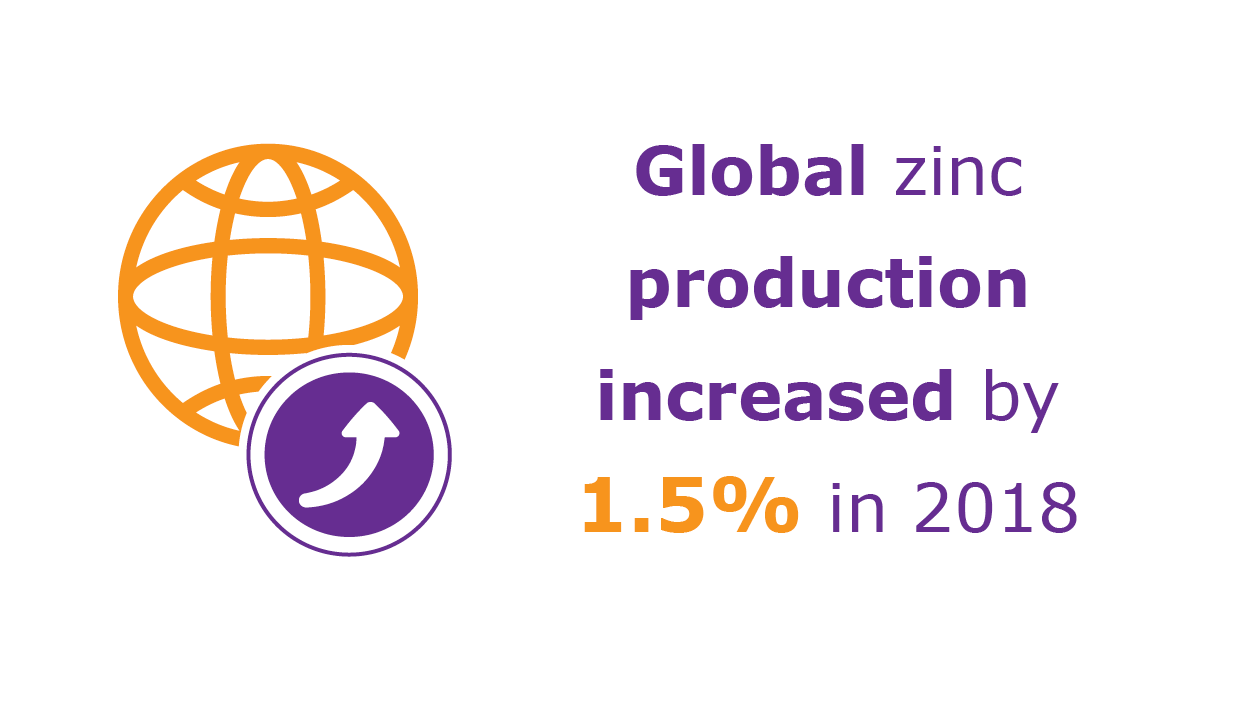Reading the global mining press, it would seem that Africa is awash with ‘resource nationalism’. The term does not mean nationalisation of mines but rather increases in royalty taxes, export levies or foreign ownership restrictions on multinational mining companies.
All are designed to keep as much value in domestic circulation as possible. Resource nationalism is presented as the biggest single risk to future mining operations on the continent and, in 2013, was the dominant theme in the international literature on African mining jurisdictions. But the ‘problem’ can be rather starkly overstated.
In 2012, EY said: ‘Resource nationalism is regarded as the top risk of doing business in metals and mining whether that is in developed or developing economies.’ The spring 2013 edition of the Mining Market Review produced by international risk insurer Willis identifies resource nationalism as the single biggest threat to mining and metals companies around the world. Among the 35 mining jurisdictions Willis identifies as having been affected by what it calls a ‘tax contagion’, 12 are in Africa.
Besides ‘resource nationalism’, these statements have two things in common. First, they apply to many prominent mining jurisdictions outside Africa. The Willis list explicitly includes economies as strong as the US, China and Australia. A similar list produced by Deloitte includes Australia, India and Chile.
It would seem that African governments are not significantly out of step with their peers globally. Second, these statements originate from companies that are, one way or another, involved in risk mitigation, either directly through risk insurance or indirectly through strategic consultancy. Their analyses have to be understood as a part of the value proposition offered by their core business.
Ola Bello, head of the Governance of Africa’s Resources Programme at the South African Institute of International Affairs, says that in Africa, outside of South Africa, ‘resource nationalism hardly dominates debates’.
Policies to ensure that African countries get a fair share of the resource benefit is simply part and parcel of the African investment game. Given that political instability is the biggest threat in some parts of the continent, any government that failed to use resource wealth to strengthen itself would be derelict in its duties.
The German Development Institute recently said Africa tended to undertax mining companies. If the Australian mining rate had applied in sub-Saharan Africa, the continent would have gained an extra US$40 billion between 2003 and 2008.
What are the concrete signs of resource nationalism? In September 2011, Angola enacted a new mining code specifying that the government should have at least 10% of any future operation. In the same year, Zambia increased the required government interest from 20% to 35%, while the Republic of Guinea adopted 35% state-ownership policy in its new mining code. The same pattern can be observed in countries as divergent as the DRC, Ghana and Zimbabwe. Joining the trend in October 2013, the South African government announced plans to take a free 20% stake in all new oil and gas ventures.
It is sometimes argued that the actions of African governments are ‘countercyclical’ or, in more straightforward language, a matter of bad timing. Despite the high profile views of career contrarian Jim Rogers, the resources boom is over. Commodity spot prices have been softening since 2011. A look at commodity price graphs shows a massive increase between 2003 and 2011 and a steady decline since.
If the Australian mining rate had applied in sub-Saharan Africa, the continent would have gained an extra US$40 billion
The countercyclical argument is derived from supply side economics. It is the idea that when demand falls, governments should tax less so that private investment can reinflate the economy. As Willis puts it: ‘When prices fall government [should] loosen fiscal regimes in an effort to encourage foreign direct investment, but in boom times governments then demand a bigger slice of the pie.’
Intuitive though this argument may seem, it is out of line with one very large consideration in the current global mining context.
The assumption, as Bello and others point out, is that the end of the commodities boom signals a ‘bust’ where prices will return to their original positions or even lower. But this has not happened. Copper prices rose 450% between 2000 and 2011; the subsequent correction (downward movement) has been less than 20%. Much the same applies to gold.
As Belo says: ‘The structure of the global economy has changed since 2000.’ The rise of Asia, he says, has placed a ‘new floor’ under the prices of key commodities.
Rogers has punted a similar view in Forbes magazine. He says China’s boom is a long way from over. ‘I’m holding onto my Chinese stock,’ he says.
Iron ore prices illustrate the point well. No other commodity is as directly related to the health of China’s manufacturing sector.
The country imports almost 70% of the world’s seaborne iron ore trade (1.1 billion dry tons). Half of South Africa’s production (60 million dry tons) is exported directly to the Chinese economy. In addition the country accounts for 40% of global mining within its own borders. Earlier this year the consensus view on Chinese steel production was gloomy as the country’s economic growth seemed to stagger. For the first quarter of 2013, economic growth came in at 7.7%, less than the 8% the markets expected and well below the 10% plus of the recent past.
But in September and October 2013, Chinese steel production surged again. In September, China produced more steel in a single month than it had ever done before. The global spot price of iron ore responded, climbing to a level 21% up (US$133.60/dry ton) from its 2013 low in May.
The best informed observers suggest there will be some global iron ore production for about the next four years, followed by a need for new mines by 2018.
When demand falls, governments should tax less so that private investment can reinflate the economy
Africa is not a major source of iron ore, yet. The continent’s biggest producer, South Africa, accounts for a mere 1.3% of global production. However, some major West African possibilities are currently in development.
The biggest prospects are probably in Guinea, which has been described as ‘the new Pilbara’, a reference to the world’s largest iron ore mines in Western Australia.
But Guinea is a difficult political jurisdiction, and deposits in the Simandou hills and Mount Nimba are far inland close to the Liberian border. Massive rail and deepwater port development is needed.
All major diversified resources companies – Rio Tinto, BHP Billiton and Vale – have taken stakes in Guinea. But licensing has been a fraught process, with Rio Tinto losing territory because it was apparently ‘moving too slowly’, while part of Vale’s stake was reissued to an intermediary.
The country held its first election in a decade in September last year and although Alpha Condé won, international election observers were not impressed with the process.
Another West African iron ore venture also had a troubled recent experience. Pioneered by the Western Australian exploration and development company Sundance, Mbalam-Nabeba is a 35 million ton deposit on the border of Cameroon and the Congo.
But Sundance does not have the capital to take the project to fruition. It had expected this to come from a buy-out by China’s Hanlong Group, but this fell through in April when Hanlong failed to raise the necessary US$1.19 billion and suffered the indignity of having its billionaire CEO, Liu Han, allegedly arrested as an accessory to murder.
Hanlong had been useful to Sundance, having played a key role in obtaining permits and environmental approvals. Sundance is now looking for a new buyer, but in a market that looks to be tough for the next four years.
The Australian bourse does not seem to rate its chances. Sundance is currently trading at eight Australian cents, down from 22 before the collapse of the Hanlong deal.
Some of Africa’s mining jurisdictions are comparable to the world’s best. In 2013, the Fraser Institute’s Mineral Potential index ranked Botswana 16 out of 96 jurisdictions, just ahead of South Australia, Manitoba and Arizona. Ghana was ranked 23, Namibia 35 and Tanzania a still respectable 47. South Africa on the other hand had plunged to 77.
The continent is diverse and scope for retaining mining wealth hinges largely on quality of governance and regulation. Resource nationalism is only a problem in the context of these factors.






